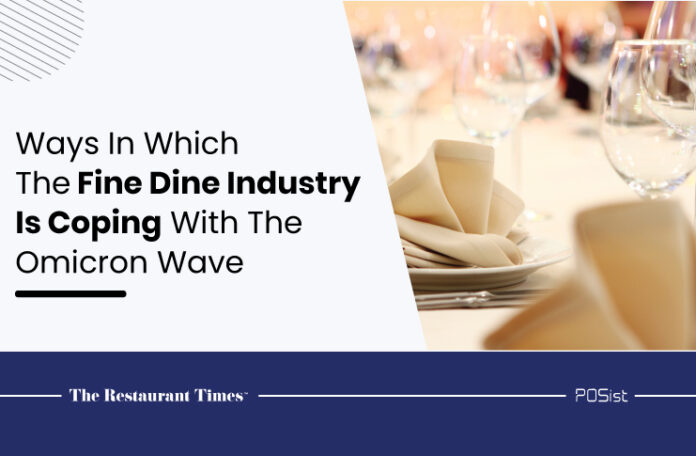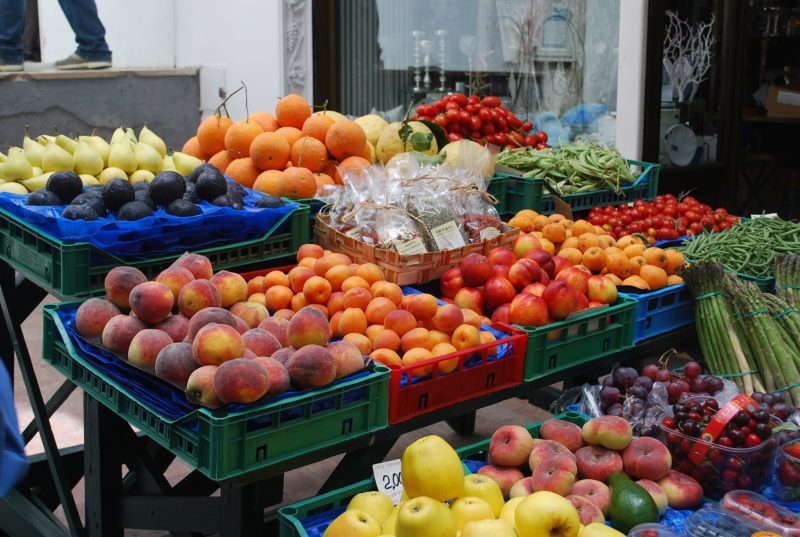Large scale vaccinations had been touted as the beginning of the end for COVID-19. However, while limitations on indoor eating were relaxed and consumers progressively returned, the arrival of the new omicron variety is bad news for the restaurant industry. It is still unclear how this version will affect restaurant regulations and consumer confidence, which is something the sector is still wrestling with.
Restaurants, as a whole, are among the most tightly regulated industries when it comes to health and safety standards. And, throughout the pandemic, which has already been underway for over two years, restaurants have had to make significant adjustments to adapt to the new normal—whether by embracing delivery and takeaway, investing in technology in response to labour shortages, or operating at 50% capacity in line with government regulations. According to industry players, the Indian hotel industry is on high alert but not panicking in the face of omicron, even as the winter vacation season continues.
Following an order issued by the Delhi Disaster Management Authority (DDMA) on Tuesday prohibiting restaurants from offering dine-in service, Omicron has dealt a blow to the restaurant industry in the national capital. Restaurant and bar owners have expressed “dismay” over the new order and have requested the state government to allow them to accept dine-in orders in order to prevent the losses they have been suffering since the outbreak of Covid-19.
Key Trends For Fine-Dine Restaurants During the Omicron Wave
1. Hiring Trends During Omicron
Throughout the pandemic, the food sector in India has experienced a significant setback due to regular shutdowns. Demand was hit as consumers refrained from buying takeout food from restaurants.
Omicron has failed to provide any favourable working conditions for all businesses. Because of the rapid spread of the highly transmissible, immunity-evading coronavirus variant throughout the country, hospitals are overflowing with patients, and everyday life has become a nightmare for employees in stores, restaurants, gyms, schools, health-care facilities, and a variety of other places of employment are becoming increasingly difficult. Thousands of employees are currently sick or have been exposed to the virus, and shifting isolation and quarantine laws make it difficult to determine how long they should be off from work, or whether their employer would even permit them to do so. Understaffing and supply shortages make encounters with clients even more uncomfortable and risky for employees working in firms that remain open during the crisis.
2. Delivery Admits Omicron
Restaurants and eateries are seeing an increase in demand for online food delivery as a result of an increase in COVID-19 cases and restrictions on transportation, particularly on weekends, in many states. It will be crucial, according to Aseem Grover, the owner of Big Chill, to determine how long the third wave will last. Ready-to-eat food delivery has risen to become a significant segment as a result of a number of user-friendly applications. This category saw a significant surge early in the epidemic as a result of lockdowns and physical separation regulations, with delivery services representing a lifeline for many people. In the next few years, it is projected to become a permanent presence on the eating scene in India.
3. Cloud Kitchens On The Rise Again
As a result of the coronavirus quarantine, which has forced eateries to close and potential customers to stay at home, takeout dinner alternatives have exploded in India. And there are indications that the trend toward home-delivered food will continue indefinitely. Cloud kitchens, as opposed to typical dine-in restaurants, are more adapted to the demands of socially isolated clients. They are also able to reduce capital expenditures, such as rent, and maintenance and because they do not employ wait staff, they have fewer employees on the payroll. The cost of setting up Front of House operations is eliminated with a cloud kitchen, which eliminates a significant operating expense.
Co-working and shared kitchen areas might help you save even more money by reducing routine expenses. Having a number of tiny kitchens under one roof helps to centralize inventories and utilize staff to the greatest extent possible. Being visible across the most popular delivery apps is becoming increasingly important in order for brands to compete against the growing number of ghost kitchens and attract people searching for meals online. In response to the increasing availability of delivery-only solutions, restaurateurs are turning to a less hazardous alternative that will help them regain control of their businesses. By switching to ghost kitchens, you can ensure that your business remains operational regardless of whether or not your employees stay at home.
As the latest wave of COVID-19 sweeps across the nation, the restaurant industry is preparing to take on the challenge with automation, delivery and cloud kitchens. With the number of ghost kitchens rising at an exponential rate, more and more restaurants will find themselves competing for attention in the digital space. Now is the moment to keep one step ahead of this rapidly expanding trend.
















